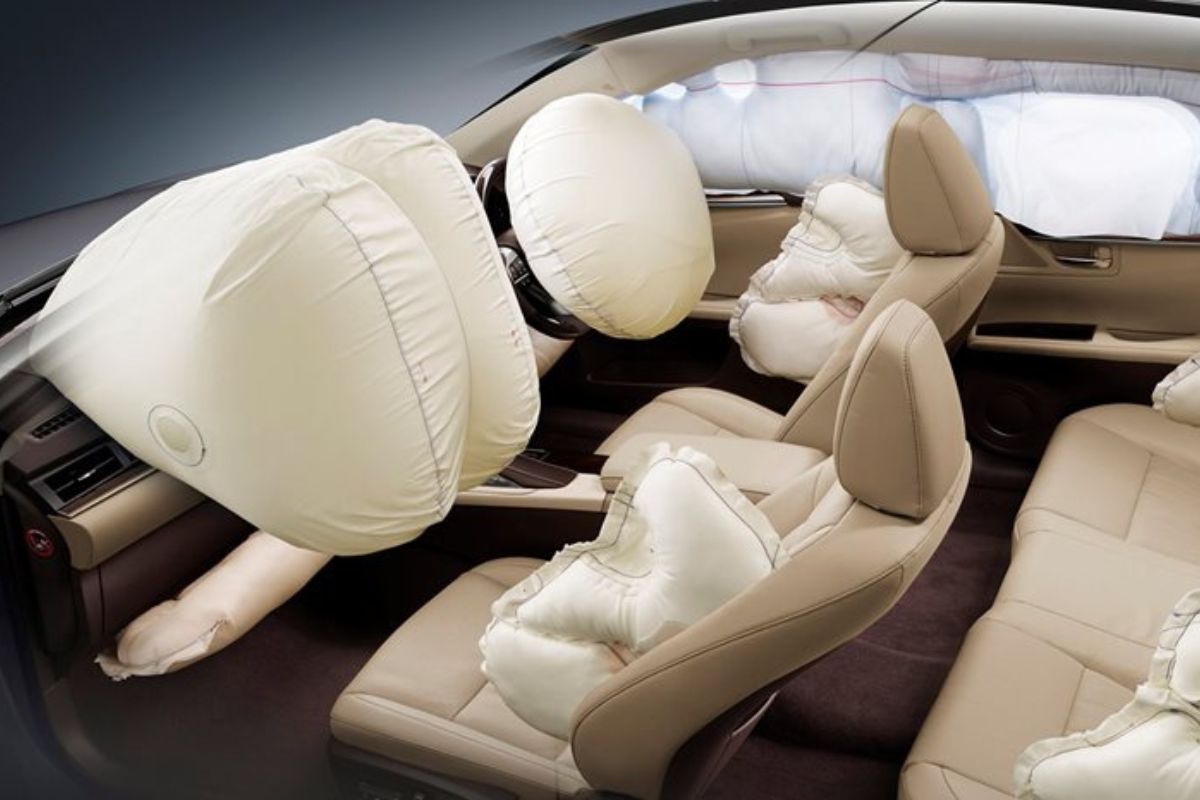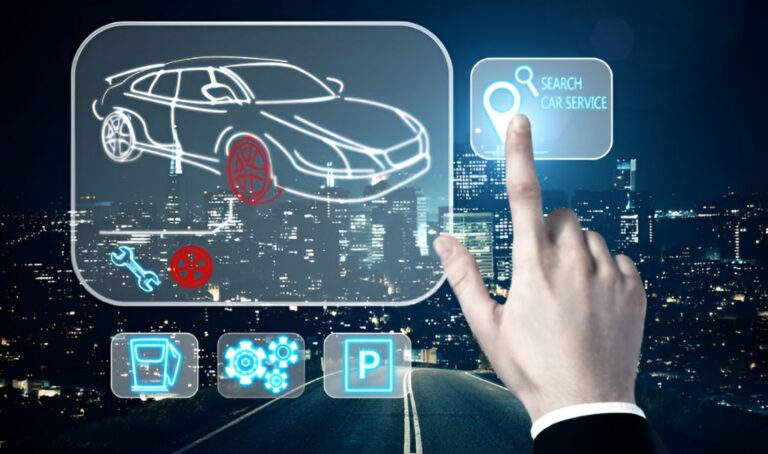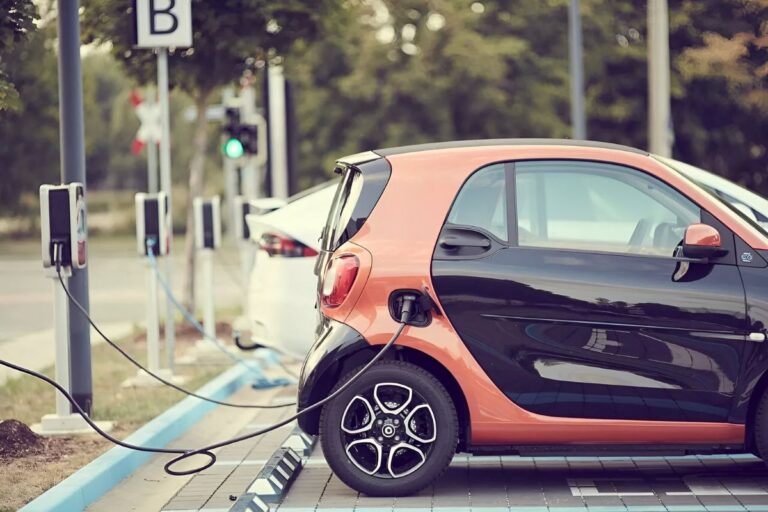Airbags can become a vital feature in a modern vehicle. Indeed, airbags can be the answer to life or death in an accident, as they deploy almost instantaneously to protect occupants from severe injury. But how does your car know when to deploy the airbags? All this boils down to a combination of sensors, complex algorithms, and advanced technology known as Autotronics.
In this blog, we will explore how the science behind airbags works, together with how the system functions, and what role Autotronics play to ensure they deploy at the right moment so that you stay safe.
The Importance of Airbags in Vehicle Safety
Before getting into the technicalities, understand just how much of a key role airbags play in vehicle safety.
- Primary Design Intention: The airbags are intended to protect the driver and passengers from further bodily harm caused by the forces exerted during a collision. In this accident, they inflate at lightning speed to cushion impact, otherwise causing serious head and upper body injuries.
- Accident Statistics: Studies show that airbags reduce fatalities by 29% for drivers in frontal crashes and 32% for passengers. When paired with seat belts, your chances of survival significantly improve.
Now that we have learnt how crucial they are, let’s dive deeper into the science behind airbags and exactly how they work.
How Airbags Work
An airbag is basically a textile padding that inflates rapidly on impact. But for that simple device to work properly, it depends on a highly complex system of sensors, processors, and control units.
- Airbag Module: The actual airbag, which is housed within the steering wheel, dashboard, or side panels.
- Crash sensors: sensors that detect sudden changes in vehicle speed or direction.
- Inflator: It is a device that produces gas that then inflates the airbag when the sensors activate the system.
- Electronic Control Unit (ECU): It is the brain of the airbag system that determines when to release the airbags.
Sensors Role in Crash Identification
The crash sensors are the key factors to ensuring that airbags open at the right time. These sensors check all aspects that may indicate a collision. Below are the main types of sensors used:
- Accelerometers: This sensor calculates how fast the vehicle changes in speed or deceleration speed. In a severe crash, the car decelerates extremity rapidly. These factors are what the accelerometer easily detects.
- Pressure Sensors: These are typically mounted on doors or side rails and measure changes in pressure within the air; more commonly used in side impacts.
- Gyroscopic Sensors: These sensors capture the rolling motion of a vehicle, relevant to rollover sensing.
Role of Electronic Control Unit (ECU)
This means therefore that the ECU acts as a decision-maker in an airbag system. It is the smallest but yet powerful microprocessor that receives information from crash sensors and decides whether or not to deploy the airbags. Here’s how it works:
- Data Analysis: The ECU is an onboard automotive system in the car that constantly processes the data input from several sensors installed in it. In this case, it has specific patterns that indicate the effect of serious collisions through rapid deceleration or an extremely powerful force applied to the structure of the car.
- Severity of Crash: Not all collisions are severe and therefore require airbag deployment. The ECU analyses the severity of the collision through sophisticated algorithms. For example, in case a person has a low-impact crash or is involved in a minor collision, then the airbags never inflate. The ECU ensures that airbags inflate only when necessary, which also results in injury.
- Timing: The deployment of airbags has to be within milliseconds when a crash is detected. The ECU makes such a decision in less than 50 milliseconds time, which is faster than the blink of an eye.
Airbag Deployment Process
When the ECU determines that there is a severe enough crash to warrant deploying airbags, it triggers the inflator mechanism. Here’s how the process works:
- Ignition of Inflator: The chemical inflator receives an electrical ignition from the ECU, which will ignite a small amount of chemicals, usually sodium azide.
- Gas Generation: Through the explosion, a lot of gas is generated, including nitrogen, that fills up the airbag.
- Rapid Inflation: The airbag inflates nearly in the same frame; it cushions the driver and passengers from this blow. It takes 20–30 milliseconds for the above process.
During deployment, the airbag rapidly tapers through tiny holes, allowing the occupants to move as and where necessary. This may be in relation to escaping or seeking help.
Autotronics: The Spine of Contemporary Airbag Systems
Autotronics refer to the incorporation of electronics and automatic systems within automotive technology. Airbags are one of the best examples of how Autotronics serve to safeguard occupants within a vehicle by incorporating complex sensors, control units, and algorithms.
Some Major Autotronics Components for Airbags
Current trends in the automotive industries involve the use of a variety of sensors that enable cars to gain comprehensive views of their environment. The degree of sensor fusion increases the possibilities of crash detection.
- Real-time Processing: The ECU is designed to process data in real-time, and hence decisions related to the deployment of airbags may be made immediately.
- Predictive algorithms: Predictive algorithms in advanced airbag systems can predict accidents before they take place. Thus, for instance, some systems can launch airbags in advance of a rollover based on data from gyroscopic sensors.
Types of Airbags Used in Modern Vehicles
There are various types of airbags used in modern vehicles, through advances in Autotronics to provide complete all-round protection.
- Frontal Airbags: Most common, located at the front part of the steering wheel and dashboard, protecting occupants in head-on impacts.
- Side airbags: deployed from the side panels or seats to cushion the occupants in the event of a side-impact collision.
- Curtain Airbags: These airbags drop down from the roof or ceiling to cushion the passengers’ heads upon impacts from the sides and rolling.
- Knee Airbags: Located on the underside of the steering wheel, knee airbags reduce injuries to knees from front-end collisions.
The Future for Airbag Systems
The automotive future is one in which airbag systems themselves will themselves become very smart and efficient systems. Expectations abound over:
- Adaptive Airbags. These will inflate at different speeds and pressures due to their size, weight, and positioning upon full seating of passengers.
- External Airbags: The new experimental technology also includes external airbags that pop out of the side of a car, cushioning pedestrians or even absorbing some of the impact in those nasty side impacts.
- Integration with Autonomous Car: The systems of airbags will be part of autonomous cars, which will ensure the safety of several different crash situations when these start to hit the roads.
Sushen Mohan Gupta: Driving Innovation in Airbag Technology at Deva Autotronics
Sushen Mohan Gupta, the CEO of Deva Autotronics, has been a pivotal figure in advancing airbag technology and safety systems in modern vehicles. Under his leadership, Deva Autotronics has pioneered innovations in Autotronics, focusing on enhancing sensor precision and real-time data analysis for airbag deployment. Gupta’s vision emphasizes the importance of integrating advanced electronic systems to ensure airbags respond with maximum efficiency and accuracy during critical moments. The company’s breakthrough developments in adaptive airbag systems are a testament to his dedication to vehicle safety. By blending cutting-edge technology with safety engineering, Gupta and Deva Autotronics have revolutionized how airbag systems function, making vehicles safer and smarter globally.
Closure!
Airbag deployment is a highly technical process that requires perfect integration coupled with various sensors and electronic control units that work in hand with real-time data analysis. In this light, it is only through the development of Autotronics that has ensured airbags deploy precisely and timely enough in any crash to provide critical protection. From now on, airbags can only get smarter, further enhancing vehicle safety for everyone on the road.






